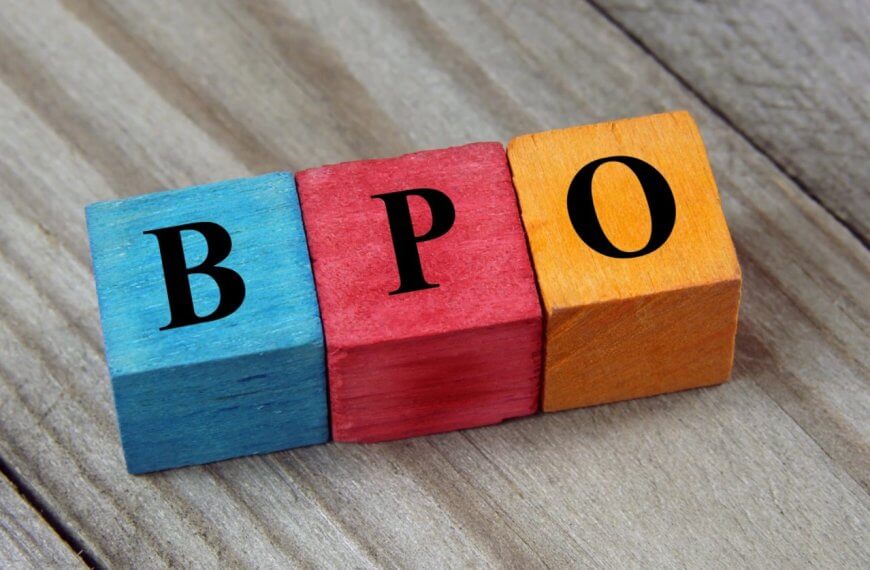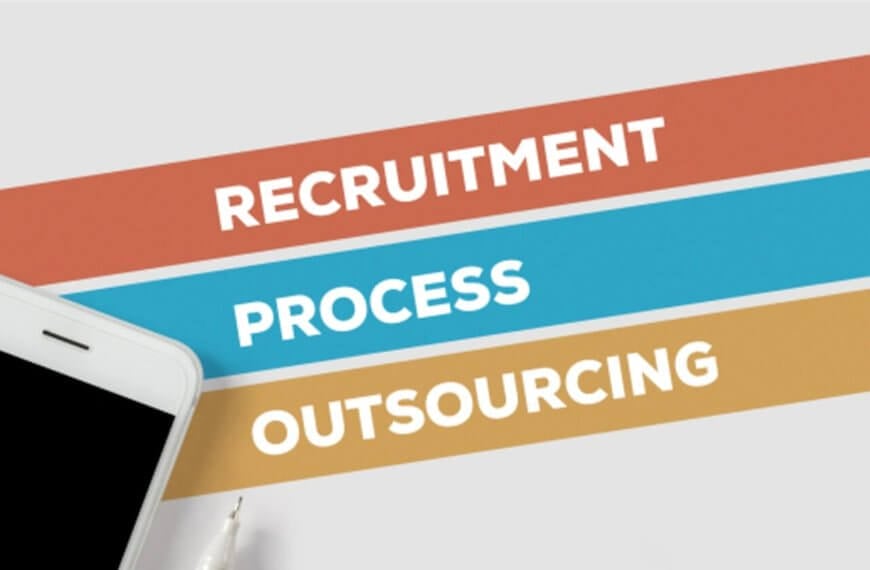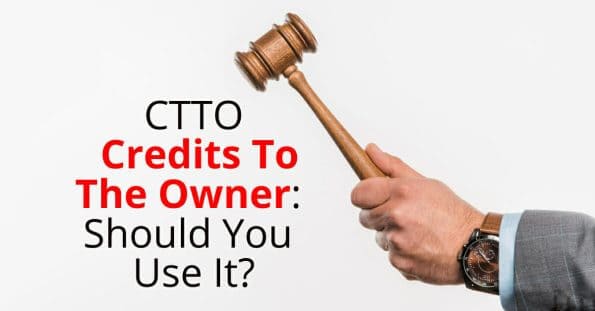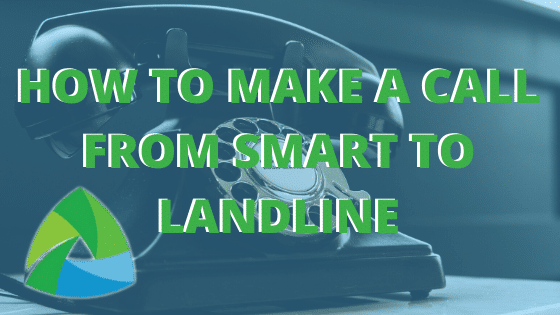Starting an online business requires the exact same level of effort as starting a traditional business. There are some additional steps that must be taken when starting an online business, but these steps are similar to those required by other types of businesses. This article outlines the basic steps necessary to get started.
Feasibility of your Business Idea
You need to research before starting a new business. If possible, you should get some help. A lot of businesses fail because they didn’t do any research or planning.Your product solves a problem that many people have. People are willing to pay for it because it provides a cost effective solution. You don’t have to go out and sell directly to people who might need your product. Instead, you can advertise on the Internet and reach people who might want your product.
Just because it’s easier to start an online business doesn’t mean no costs are involved. As with a physically based business, the first step to take with your online business is to assess your idea’s feasibility. (legalzoom.com)
Developing a Online Business Plan
A comprehensive business plan is an essential part of starting up a new business. Having a well-written document helps you identify problems early on and avoid them later. You can also use this plan as a tool when seeking financing or investors. There are many online resources available to assist you in writing a business plan.A plan will help you to understand what kind of product to sell better. You should also be clear about who you want to buy your product or service. You need to know more about your target audience by thinking about your personal experience and preferences. You must also think about how you can make a profit.
Writing a business plan will help you develop a marketing strategy. It will also help you determine if your business idea has potential.
Choose A Business Name
Choosing your business’ name should be a crucial part of starting up your business. Your chosen name needs to be available for registration as both a business name and a domain name in your state. You also need to make sure that your chosen name doesn’t infringe on any existing trademarks.
Choosing A Business Structure
A Corporation is a legal entity that allows individuals or other businesses to operate as separate entities. Corporations must file yearly reports with the BIR (Bureau of Internal Revenue) and pay taxes on any income earned by the company. In addition to paying taxes, corporations must follow certain rules when conducting business. For example, corporations must pay wages to employees and provide them benefits such as health insurance. Corporations must also pay property taxes on real estate owned by the corporation. Corporations are often used by large companies because they allow these companies to manage several aspects of business operations without having to hire individual managers for each division.
Sole Proprietorship: This type of business structure requires one person to own all assets and liabilities associated with the business. The owner may choose whether to incorporate or not. Sole proprietorships are usually set up to run the business from home
Partnership: Partnerships require two or more people to form a partnership. Each partner owns equal shares of the business. Partnerships are typically formed to share profits and losses equally among partners. Partnerships are generally set up to conduct business through a professional organization such as a law firm.
Getting a Legal Identity
Like a brick-and- mortar business, you should register your business with the appropriate governments. You need to obtain all necessary permits and licenses. Meet all federal and state tax obligations, such as filing for state and federal tax IDs. Consult with an attorney who specializes in business formation in your industry to make sure you are following the correct steps.
Building on your Online Space
Websites need to be built carefully. There are several things to think about when building a website, including payment processing, hosting, and speed. A great website needs to have a fast loading time. If you’re building a website, make sure you hire a professional who knows what he or she is doing.In addition to looking at online reviews, ask friends and colleagues who use a website similar to yours. You should also check out the different types of inventory providers, such as Amazon, eBay, and Alibaba. Finally, make sure you know how to fulfill orders and ship goods. This may require an additional investment in equipment and personnel.
Creating a Website Strategy
Once you’ve established your online presence, it’s important to develop a strategy for marketing your products and services. Start by making a list of potential customers. Who are your ideal clients? What do they want? How can you help them achieve their goals?
You’ll need to identify your target market. Are there specific groups of people who would benefit from your product or service? Do you offer a niche product or service? Think about where your target audience lives. Is it rural or urban? Consider the demographics of your area.
You’ll also need to consider your budget. How much money will you spend on advertising? Will you invest in social media campaigns? How much does it cost to rent office space? These questions will help you determine which strategies work best for your business.
Develop Marketing Strategies
Marketing online businesses is an essential part of starting any business. You should try to get as many people as possible to know about your new venture before launching it. This will make sure that your launch goes smoothly.
Identify your unique selling proposition (USP)
A USP is the unique thing your company does that sets it apart from other companies. It can be something as simple as being the first to offer a product or service, or it could be something more complex such as having an innovative process or technology. Whatever it is, make sure you’re clear about what differentiates your business from others.I am an expert in my field. My customers know that I’m the best. I always make sure that my clients get what they want. I never talk about myself; I focus on my customer and how he benefits from buying from me.
Develop your Business Brand Online
Branding is the process of creating a unique identity for your business. It’s how you differentiate yourself from others in your industry and it helps to establish trust with customers. But, branding isn’t just about what you say – it’s also about what you don’t say. Your brand image has to be consistent across all your communications, whether it’s your website, blog, social media posts, emails, etc.
Your brand should reflect your values and personality. For example, if you’re a fun-loving person, then your brand should show that.
Your brand should include a logo and color scheme. Make sure that these elements are consistent throughout your entire online presence.
Make sure that your website doesn’t look like every other site out there. Create a unique design that reflects your brand.
Make sure that your website loads quickly so that visitors won’t leave your site because it takes too long to load.
Build Trust With Your Customers
Once you have developed a strong brand, it’s time to start building trust with your customers. If you create high quality content and provide good value, your customers will feel comfortable recommending you to friends and family.
Choose your Marketing Channels
When choosing between paid ads and organic search, choose the one that works best for your target market. Paid ads tend to generate higher click through rates than organic search results. However, paid ads are only useful if you target the right keywords.
your target audience when deciding which option to use. Some options may not be right for everyone. For example, email marketing might not be effective for someone who uses Facebook often.
When choosing between paid advertising channels, think about your budget and how much traffic you expect to receive. Paid search ads usually cost less per click than display ads, but they require a larger investment upfront.
If you decide to go with paid ads, consider using Google Adwords. They allow you to set daily budgets and pay only for clicks that lead to conversions. You can also track each ad campaign to see where your money is going.
If you decide to go with organic search, make sure you optimize your pages well. This means making sure that your page titles and meta descriptions match your keyword phrases. Also, make sure that you have relevant information on your pages.
You’ll Need Content To Build An Audience
The most important part of any successful marketing strategy is content. Without great content, no matter how many people follow you on Twitter or subscribe to your newsletter, nobody will know who you are.
Content is king when it comes to SEO. When you write an article, make sure that it includes your targeted keywords.
Everything Starts with knowing your Niche
You should always research before starting any kind of analysis. Researching helps you gain knowledge about your target audience and competition. This will help you make better decisions for your company.
A niche is simply a specific group of people who share similar interests and needs. It’s important to identify what your niche is before you start creating content.
For example, if you sell shoes, you could focus on women’s shoe styles. Or, if you’re selling clothing, you could focus on men’s shirts.
Once you’ve identified your niche, you need to find ways to stand out from the crowd. The best way to do this is by providing valuable content.
Look for Opportunities
There are many potential threats to our company. We need to be aware of them and how we can overcome them.Opportunities could include new technology or training programs, partnerships, diverse markets, or changing governments.
As you look at these opportunities, ask yourself: How can I take advantage of this? What can I learn from this?

Set Business Goals and Targets
Setting goals and targets is another key component in any marketing plan. These goals and targets will help you measure your success and determine whether you’re reaching your customers.
It’s important to define clear objectives for your business so that you can measure your progress toward those goals.
Your goal should be to increase your revenue by 20%-30% over the next year. If you want to reach that goal, you must first figure out how much revenue you currently generate.
This plan should include things like adding products, improving customer service, or expanding into new areas.
When setting your goals and targets, remember that your ultimate objective is to increase your bottom line for future growth of your business.
























